Make a partial shutdown work FOR you!
Nothing good can possibly come from a shutdown, right? It could actually qualify you for the employee retention tax credit. As one of the main qualifiers, a partial shutdown could be what qualifies you for substantial aid!
The IRS created 3 primary qualifiers for the employee retention tax credit:
Revenue reduction – Read here!
Supply chain disruption – Read here!
Partial shutdown (keep reading!)
Time and time again I talk to businesses that have been told they don’t qualify because they are an essential business. The truth is that the IRS built in several stipulations that would allow even an essential business to qualify. Today we will dive into the partial shutdown qualification rules to make sure you aren’t missing out.
One of the most common misconceptions is that in order to qualify your business would have to be completely shut down. While it is true that businesses deemed non-essential or were that completely shut down qualify; being deemed essential and allowed to operate does not mean that you don’t qualify. You just have to meet other requirements that we will go through below.
Reduced Occupancy
The first area worth exploring is whether or not you were forced to reduce occupancy. Being forced to allow fewer people into your business is one of the most obvious ways that many companies were affected. Fewer people means fewer potential buyers, and fewer people spending money equals decreased revenue. If you were forced by state or local mandates to reduce occupancy you could still qualify.
By Appointment Only
Depending on the nature of your business, walk-in customers may be a significant part of your annual revenue. In many cases, this came to a screeching halt. Businesses were forced to interact with their customers by appointment only. This is not only a huge inconvenience to customers but obviously to businesses as well. By removing a large portion of potential customers your business was severely impacted and this impact could qualify you!
Process Changes
Doing business by appointment only was only the tip of the iceberg for many companies. Contactless pick-up and delivery went from almost non-existent to a necessity for any company wanting to continue doing business. Implementing new processes like this in order to keep operating puts a significant burden on business owners. There are exceptions in the employee retention tax credit to help offset that burden.
Additional Safety Measures
In addition to the process changes made to protect customers, many mandates were put in place to protect employees and customers from each other. Requiring employees to wear masks, putting up physical barriers and many other cautionary steps businesses were required to take could be enough to qualify them for the employee retention tax credit.
Operations Mandates
Finally, there were operations changes that had to be made due to state and federal guidelines. These could range from limiting non-essential visitors to your business, implementing modified material handling, cutting back on production, or modifying production shifts. Government mandates forced businesses to make changes to how they operated. Some had soft costs and some had hard costs, but all of them had an expense tied to them. If you can show the mandate and how it forced you to change your operations then you could qualify!
The devil is in the details!
With hundreds of pages worth of documents outlining the rules, it is easy to see why there is so much confusion around who qualifies. The truth is that it isn’t worth it for most people to spend hours sorting through hundreds of pages, getting familiar with all the different documents and which periods they are associated with, and then getting to the bottom of their own qualification status. I love reading this stuff! It is genuinely fascinating to me and the more knowledge I have the better I can serve my customers. There is no need for you to become an expert when there are experts like myself.
How much was your business impacted?
When it comes to the employee retention tax credit the IRS has deemed that the impact to your business is considered more than nominal if the impact exceeds 10%. That could mean that 10% or more of your revenue comes from a section of your business that was impacted; or that 10% of your employees work in that portion of your business that was affected. If you meet the 10% requirement on either of these then you are well on your way to qualifying.
What if you were allowed to continue operating as an essential business? What if you have to close a workspace for some purposes but it could be opened for other limited purposes? Does this count as a partial suspension? Short answer: yes!
If the modifications necessary to stay open or the restrictions involved around your continued business are more than nominal then even being considered an essential business won’t stop you from qualifying. Being forced to make significant changes to how you operate, when you operate, or the number of people you can serve counts as a partial suspension.
Documentation is key!
Establishing that you meet the criteria above is the important first step in taking advantage of the employee retention tax credit. The even more important next step is documenting how you qualify and be able to tie that directly to your business!
If there were state or federal mandates that directly affected you, or forced you to change how you do business then you need to have copies of those. Reference the exact regulations that forced you to make changes and then show documentation of those changes being made. Whether it is physical barriers, adding staff for contactless pickup, or making additional investments of time and money on more stringent cleaning and sanitation procedures. Document everything and be able to tie it together for the IRS.
Another item that should be documented is any decline in gross receipts/revenue. If you are showing a decline in business and are still paying out comparable amounts to your employees in wages, then documenting this goes a long way in adding to the narrative you have already begun building. This, alongside the documentation mentioned above as it relates to documenting changes to stay within compliance; tell a compelling story about how your business was affected. This narrative and the supporting documents should put you in a position for some much-needed assistance!
Rather than spend a lot of valuable time working through all of this on your own, just reach out! I would love to help you walk through all of the qualifiers and dive into your exact situation to figure out if you qualify!
For a layman’s guide to the employee retention tax credit check out our roadmap below:
A layman’s guide to the employee retention tax credit!
Have questions that aren’t answered in the article or video? Book time with Brad today by clicking here!



